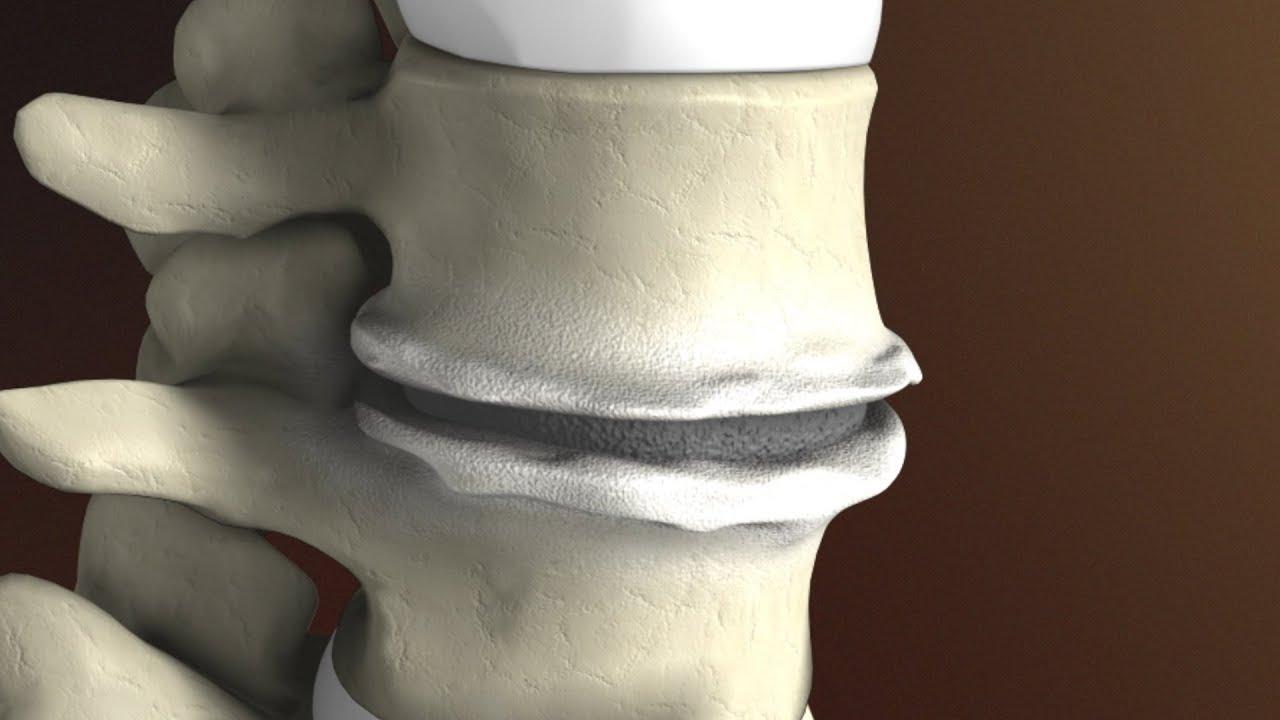Cervical Spondylosis Treatment: Managing The Pain And Strengthening The Neck

Cervical spondylosis is a degenerative condition affecting the spinal discs and joints in the neck. It is a common cause of neck and arm pain and can also cause numbness, tingling or weakness in the arms. While there is currently no cure for cervical spondylosis, various treatment options are available to help manage symptoms and strengthen the neck. This article discusses the key treatment approaches for cervical spondylosis.
MANAGING PAIN THROUGH LIFESTYLE CHANGES AND MEDICATIONS
Making some simple lifestyle changes can help reduce pain and discomfort associated with Cervical Spondylosis Treatment. Getting adequate rest and avoiding activities that cause or exacerbate neck pain is recommended. Ergonomic adjustments like using proper posture while sitting and supporting the neck can also help. Over-the-counter pain killers such as ibuprofen and naproxen may provide relief from mild to moderate neck pain. For those with moderate to severe pain, prescription medications such as muscle relaxants and anticonvulsants may be prescribed. Steroid injections near inflamed joints in the neck can also help reduce inflammation and pain when conservative treatments do not provide relief.
PHYSICAL THERAPY FOR NECK STRENGTHENING AND MOBILITY
Physical therapy is considered very effective in managing cervical spondylosis. A physical therapist can design exercises to help strengthen the neck muscles and improve mobility. Gentle stretching and range of motion exercises are used to prevent stiffness. Strengthening exercises target the deep neck flexor muscles to improve their endurance. Posture correction is also emphasized. Heat or cold therapy, ultrasound and electrical stimulation may be used to reduce pain and inflammation. Manual therapy techniques like massage and spinal manipulation under the guidance of a physical therapist can provide short-term relief from pain and stiffness.
BRACE FOR NECK SUPPORT AND PROTECTION
Wearing a cervical collar or neck brace is recommended for those with severe instability or pain levels. A soft cervical collar provides support to the neck and prevents excessive motion that could aggravate injury. It helps reduce strain on joints, discs and ligaments by limiting extension, flexion and rotation of the neck. A neck brace allows the spine to fully heal by keeping it immobile. It is prescribed after injuries or cervical spine surgeries for complete immobilization during recovery. While braces provide structural support, it is still important to continue therapeutic exercises even while using a brace for optimal recovery.
MINIMALLY INVASIVE PROCEDURES FOR PAIN MANAGEMENT
For those who do not get sufficient relief from conservative treatments, minimally invasive procedures can help manage pain. Epidural steroid injections involve injecting anti-inflammatory steroids near irritated nerves in the neck to reduce inflammation and associated pain. Radiofrequency ablation uses heat generated from radio waves to denervate nerves and block pain signals. Both these procedures rarely provide long term relief and may need to be repeated for sustained benefits. Selective nerve root blocks target specific nerves in the neck through localized anesthetic injections to temporarily interrupt pain signals.
SURGERY AS A LAST RESORT TREATMENT OPTION
Cervical surgery is recommended only if severe and persistent pain, numbness or weakness is not relieved through nonsurgical treatments. Foraminotomy is done to enlarge an opening around nerve roots to relieve compression and pain. Laminectomy involves removal of part or the entire lamina bone at affected vertebrae to relieve pressure on nerves. Spinal fusion surgery joins two or more vertebrae using grafted bone and metal plates with screws to decrease mobility and stress at painful segments. Disc replacement involves removal of a damaged disc and replacing it with an artificial one to maintain joint movement and relieve pain. Novel regenerative treatments like stem cell therapy are also evolving but more research is required regarding their efficacy and safety.
RECOVERY AND LONG TERM MANAGEMENT
Recovery from cervical spine surgeries usually takes around 6-12 weeks. Physiotherapy focused on gradual strengthening and range of motion exercises is prescribed post recovery. Over-the-counter pain killers, muscle relaxants or steroid injections may help manage any residual pain. Leading a healthy active lifestyle, maintaining good posture and minimising stress on the neck are recommended for long term management. While cervical spondylosis has no cure, a tailored treatment approach focusing on pain management, mobility, bracing and surgery when needed can relieve symptoms and prevent further deterioration. Following the treatment plan diligently along with lifestyle modifications provides the best outcomes.
cervical spondylosis treatment involves a multidisciplinary approach tailored to each individual's symptoms, severity and response to initial treatments. While lifestyle changes and conservative therapies like physiotherapy and medications provide relief for majority, minimally-invasive procedures or surgery may be needed in severe recalcitrant cases. Adhering to a long-term management strategy helps prevent future flare-ups and progression of this degenerative condition over time. With proper diagnosis and treatment, people can effectively manage cervical spondylosis and maintain a good quality of life.
Get More Insights On This Topic: Cervical Spondylosis Treatment
- Art
- Causes
- Crafts
- Dance
- Drinks
- Film
- Fitness
- Food
- Oyunlar
- Gardening
- Health
- Home
- Literature
- Music
- Networking
- Other
- Party
- Religion
- Shopping
- Sports
- Theater
- Wellness
- IT, Cloud, Software and Technology


